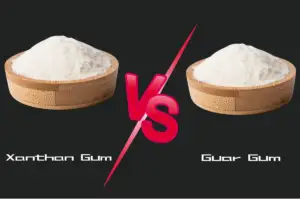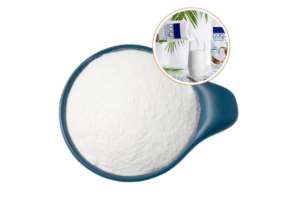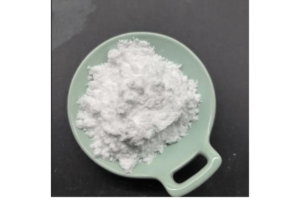Histidine’s binding affinity to carboxymethyl-cellulose (CMC) is a topic that intersects the realms of biochemistry and material science. To understand at what pH histidine binds strongest to CMC, we need to delve into the chemical structures and properties of both histidine and CMC, as well as the concept of pH and its influence on molecular interactions.
Histidine is a unique amino acid, known for its imidazole side chain. This side chain has a pKa around 6.0, making it capable of both donating and accepting protons depending on the pH of its environment. At a pH lower than its pKa, the imidazole ring is predominantly positively charged, whereas at a pH higher than its pKa, it becomes neutral.
Carboxymethyl-cellulose, on the other hand, is a cellulose derivative where some of the hydroxyl groups of the glucopyranose monomers are substituted with carboxymethyl groups. These groups are negatively charged at a wide range of pH values, especially above 4.5, where the carboxyl groups are deprotonated.
The interaction between histidine and CMC can be viewed through the lens of electrostatic interactions and hydrogen bonding. At a pH lower than the pKa of histidine, the positively charged imidazole ring can form strong ionic bonds with the negatively charged carboxyl groups of CMC. Additionally, hydrogen bonds may also form between the nitrogen atoms of the imidazole ring and the oxygen atoms of the carboxymethyl groups.
Therefore, the strongest binding affinity between histidine and CMC would be expected at a pH slightly below the pKa of histidine’s imidazole ring, where the positive charge on histidine is maximized without fully protonating the carboxyl groups of CMC, thus allowing for optimal electrostatic interaction. This typically occurs in a slightly acidic environment, likely around a pH of 5.5 to 6.0.
Moreover, it’s important to consider that the structure of CMC can vary depending on the degree of substitution of the carboxymethyl groups. A higher degree of substitution generally leads to a greater negative charge, potentially enhancing the interaction with positively charged histidine at the optimal pH.
In practical applications, this interaction has significant implications. For instance, in drug delivery systems, the binding of histidine-tagged proteins to CMC can be controlled by adjusting the pH, allowing for targeted release. Similarly, in chromatography, histidine’s binding affinity to CMC can be exploited for the purification of proteins.
In conclusion, the strongest binding of histidine to carboxymethyl-cellulose is likely to occur at a pH close to but slightly below the pKa of histidine, which is around 6.0. This pH range ensures that histidine maintains its positive charge for optimal ionic interaction with the negatively charged CMC, while also allowing for hydrogen bonding. Understanding this interaction is crucial in various biochemical and industrial applications where precise control of molecular interactions is necessary.





